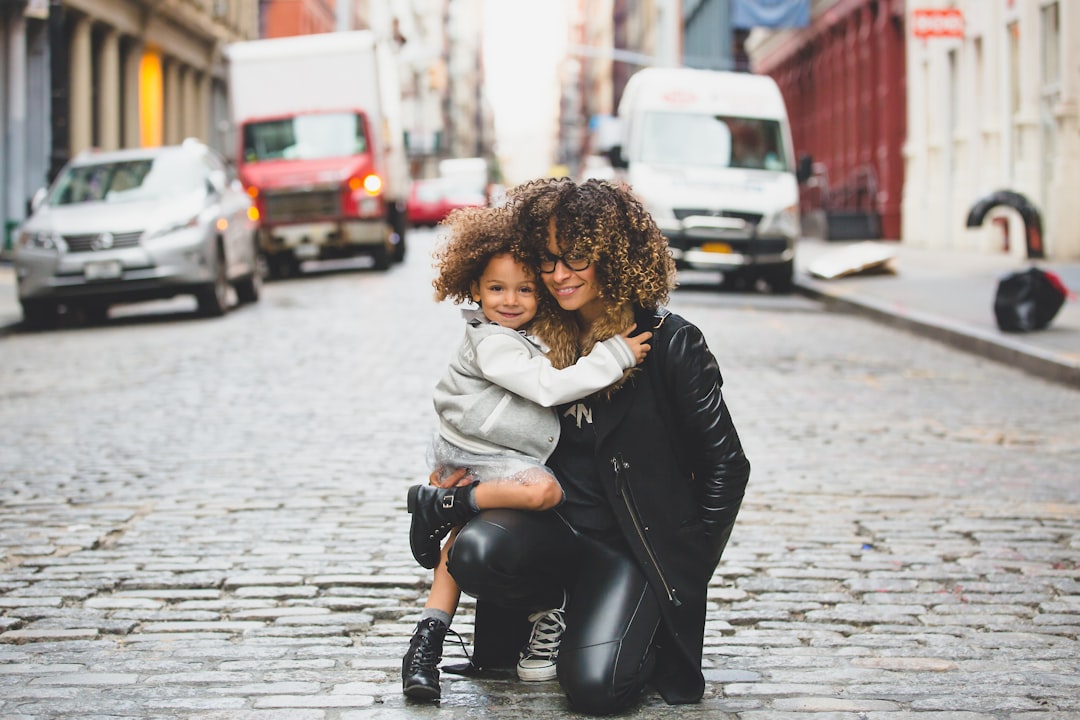The Ultimate Guide to Building a Sustainable Capsule Wardrobe on a Budget
Introduction
Tired of feeling like you have nothing to wear, despite a closet bursting with clothes? Do you long for a more sustainable approach to fashion but feel overwhelmed by the price tags? Building a capsule wardrobe might be the perfect solution! A capsule wardrobe is a curated collection of essential clothing pieces that can be mixed and matched to create a variety of stylish outfits. It’s about investing in quality over quantity, choosing versatile pieces, and embracing a more mindful approach to fashion.
The best part? Creating a sustainable capsule wardrobe doesn’t have to break the bank. With careful planning and smart shopping strategies, you can curate a wardrobe that reflects your personal style, minimizes your environmental impact, and saves you money in the long run.
Planning Your Sustainable Capsule Wardrobe
A successful capsule wardrobe starts with thoughtful planning. Before you start shopping, consider these key steps:
1. Define Your Personal Style
What are your go-to styles? What makes you feel confident and comfortable? Browse fashion inspiration online or in magazines to identify key elements that resonate with you. Create a mood board to visualize your ideal aesthetic.
2. Assess Your Lifestyle
Consider your daily activities and dress code requirements. How many casual outfits do you need versus formal ones? Do you spend most of your time indoors or outdoors? Understanding your lifestyle needs will help you choose practical and relevant pieces.
3. Inventory Your Existing Wardrobe
Take stock of what you already own. Identify your wardrobe staples – the pieces you reach for time and time again. These will likely form the foundation of your capsule wardrobe. Donate or sell items that don’t fit, are worn out, or no longer align with your style.
4. Choose a Cohesive Color Palette
Selecting a cohesive color scheme will make mixing and matching effortless. Opt for a base of neutral colors like black, white, navy, and beige. Then, incorporate 2-3 accent colors that complement your skin tone and reflect your personal style.




